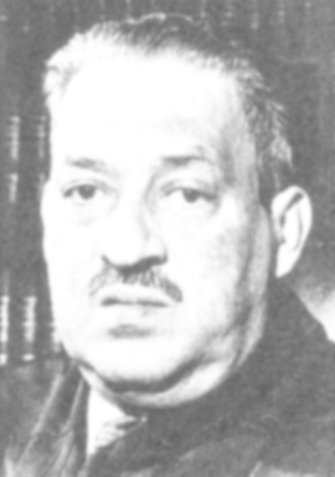Thurgood Marshall (1908 - 1993)

Thurgood Marshall is one of the most
well-known figures in the history of civil rights in America and the first
Black Supreme Court Justice. He served on the Court for 24 years until June
28, 1991 when he announced his retirement due to advancing age and
deteriorating health. He passed away January 24, 1993.
Before serving on the Supreme Court, Marshall served as legal director of
the NAACP. His tenure, from 1940 to 1961, was a pivotal time for the
organization, as overturning racial segregation was one of its prime
directives. Marshall, along with his mentor Charles Hamilton (who was the
first Black lawyer to win a case before the Supreme Court), developed a
long-term strategy for eradicating segregation in schools. They first
concentrated on graduate and professional schools, believing that White judges
would be more likely to sympathize with the ambitious young Blacks in those
settings. As the team won more and more cases, they turned toward elementary
and high schools.
This culminated in the landmark 1954 decision _Brown v The Board of
Education_ which declared segregation of public schools illegal. By this time,
Marshall was an experienced Supreme Court advocate, having already presented
many cases before them, including challenges against white-only primary
elections and restrictive covenants. He presented each of his cases in what
would become his hallmark style: strtaightforward and plain-spoken. When asked
for a defintion of "equal" by Justice Frankfurter, Marshall replied,
"Equal means getting the same thing, at the same time and in the same
place."
President John Kennedy appointed Marshall to the United States Court of
Appeals for the Second Circuit in 1961. It was not an easy confirmation: a
group of Southern senators held up his confirmation for months, and he served
initially under a special appointment made during a Congressional recess.
Still, from 1961 to 1965, he managed to write 112 opinions on that court, none
of which were overturned on appeal. In fact, several of his dissenting
opinions were eventually adopted as majority opinions by the Supreme Court.
From 1965 to 1967, he served as Solicitor General under President Johnson. By
the time Marshall succeeded Justice Tom Clark on the Supreme Court, he had
argued 32 cases before that body, winning 29 of them. President Johnson said
at the time that appointing Marshall on the Supreme Court was "the right
thing to do, the right time to do it, the right man and the right place."
On the Court, Marshall said little during argument sessions, except to
train his sarcasm on lawyers struggling through their arguments or sometimes
on a fellow Justice. During a death penalty argument in 1981, Justice
Rehnquist suggested that an inmate's repeated appeals had cost the state too
much money. Justice Marshall interrupted, "It would have been cheaper to
shoot him right after he was arrested, wouldn't it?"
In fact, Marshall is often remembered for his dissents. Of these, one of
his best known is a 63 page opinion in _San Antonio School District v
Rodriguez_. The court held, 5-4, that the Constitution's guarantee of equal
protection was not violated by the property tax system used in Texas and most
other states to finance public education. Marshall accused the majority of
"unsupportable acquiescence in a system which deprives children in their
earliest years of the chance to reach their full potential as citizens."
Thurgood Marshall is survived by his wife, Cecilia, and two sons. Thurgood
Jr, previously a lawyer on the staff of the Senate Judiciary Committee, is
currently the legislative-affairs coordinator for the Office of Vice
President. John is a member of the Virginia state police.
Sources: New York Times, January 25 1993; 365 Days into Black
History; From Slavery To Freedom, John Franklin; "Thurgood Marshall,
Supreme Court Justice" Black Americans of Achievement series
